Science and maintenance work continued this week aboard the International Space Station (ISS), but updates regarding those activities are still all but halted by the U.S. government shutdown. Japanese astronaut Kimiya Yui’s social media posts…
Blog
-
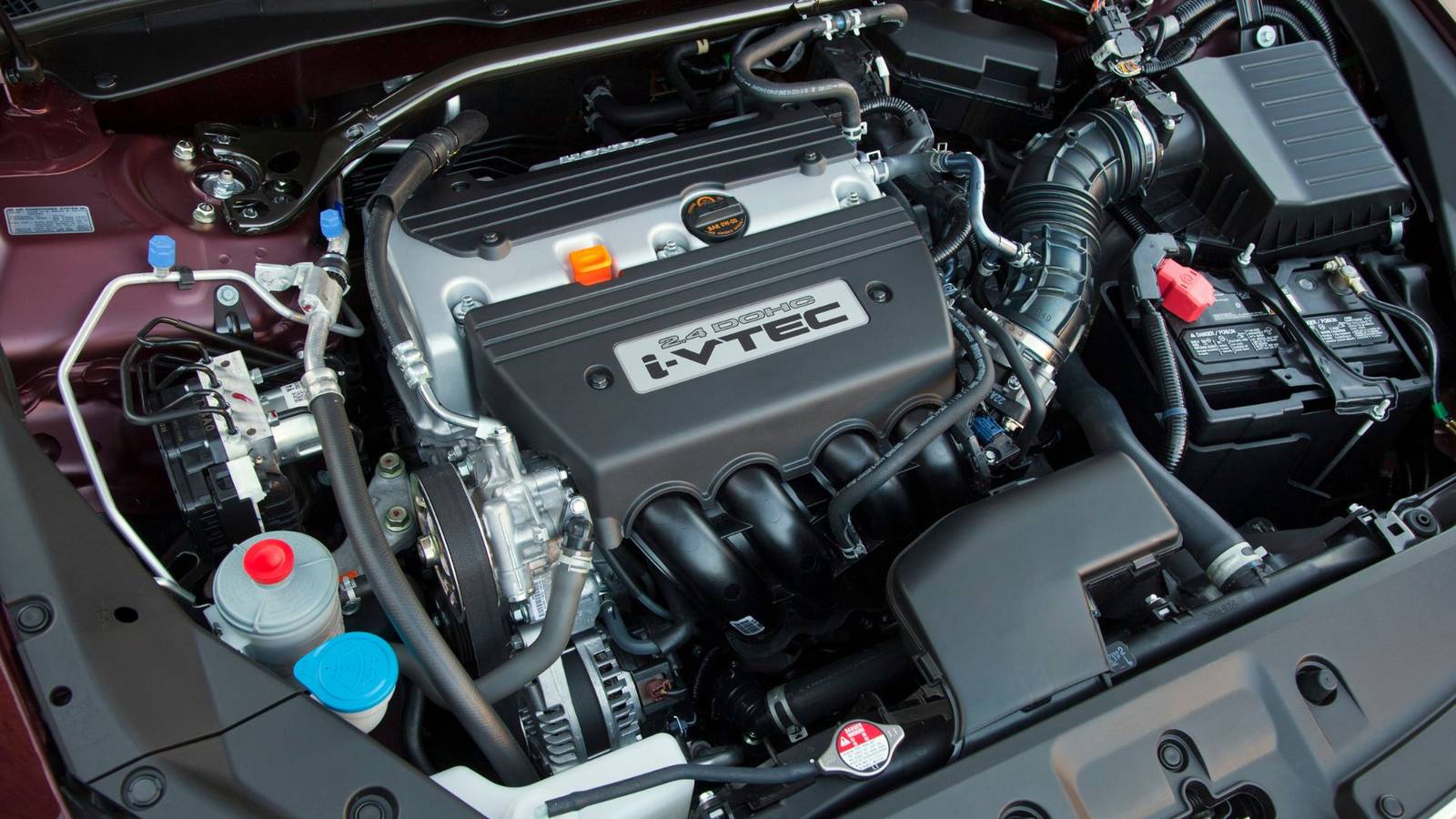
What Makes The K-Series One Of The Best 4-Cylinders Ever?
Japan is the land of iconic engines. This small island across the Pacific has given us infinitely reliable yet tunable motors that can push well beyond their factory figures, or even shrug at the sight of an aftermarket turbocharger….
Continue Reading
-
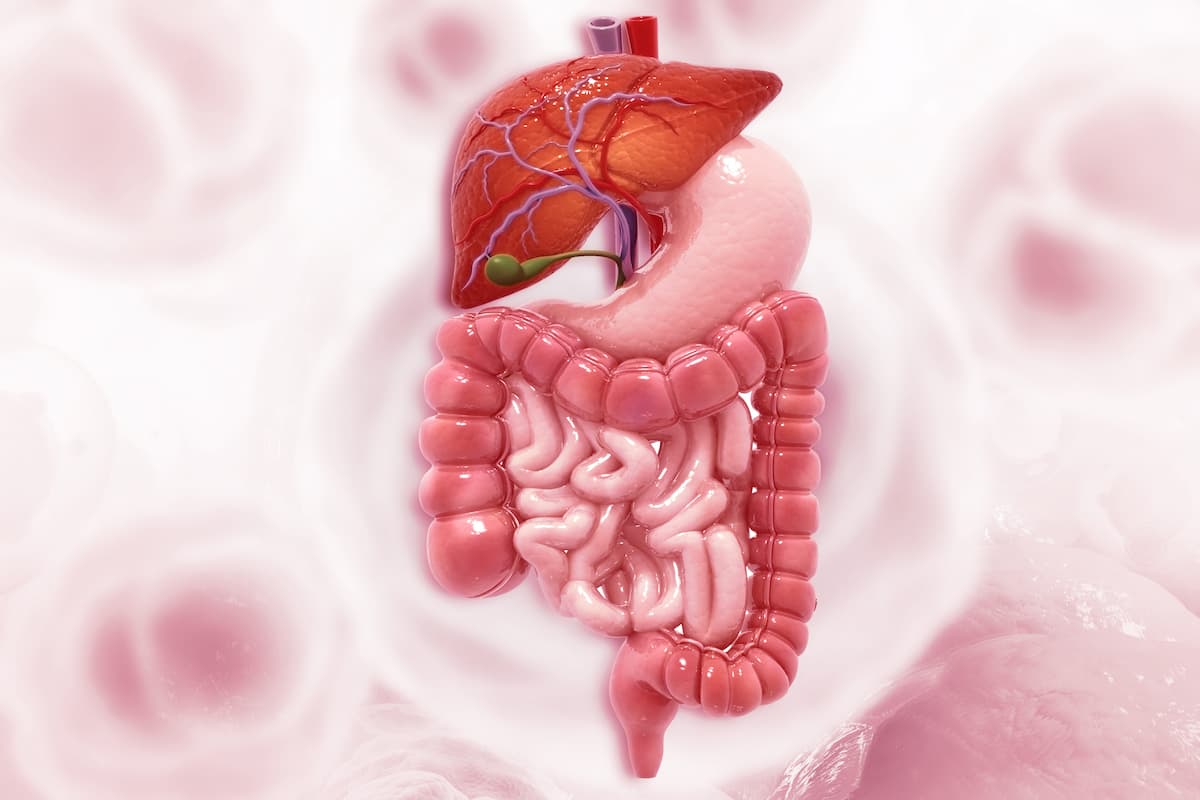
Regorafenib/Nivolumab Exhibits Nonsuperior Survival in Gastric Cancer
Regorafenib (Stivarga) plus nivolumab (Opdivo) displayed noninferior survival and a numerically higher response rate and disease control rate (DCR) compared with chemotherapy for patients with previously treated, refractory, advanced gastric or gastroesophageal junction (GEJ) cancer, according to findings from the phase 3 INTEGRATE IIb (NCT04879368) presented at the
European Society for Medical Oncology (ESMO) Congress 2025 .Among patients in the intent-to-treatment population in the regorafenib arm (n = 309) vs the chemotherapy arm (n = 153), the median overall survival (OS) was 5.9 months vs 6.3 months (HR, 0.88; 95% CI, 0.71-1.09; P = .23). Additionally, the median progression-free survival (PFS) in the respective arms was 1.9 months (95% CI, 1.8-2.0) vs 1.9 months (95% CI, 1.8-2.0; HR, 0.85; 95% CI, 0.69-1.05).
Furthermore, a numerically higher objective response rate (ORR) was observed among patients treated with regorafenib plus nivolumab vs chemotherapy, with respective rates of 7.4% vs 2.6% (OR, 2.99; 95% CI, 1.00-12.11). The DCR in the regorafenib and chemotherapy arms was 39% vs 26% (OR, 1.84; 95% CI, 1.18-2.90), with 12-month DCR rates of 14% (95% CI, 8.5%-21%) vs 0% (95% CI, not estimable [NE]), respectively.
Global quality of life (QOL) was numerically improved with regorafenib, with 12-month deterioration-free rates of 3.9% (95% CI, 2.1%-6.5%) vs 0.7% (95% CI, <0.1%-3.5%) with chemotherapy (HR, 0.74; 95% CI, 0.60-0.91). Additionally, the physical functioning QOL scores exhibited similar values, with event-free rates of 3.9% (95% CI, 2.1%-6.5%) and 0.7% (95% CI, <0.1%-3.5%), respectively (HR, 0.86; 95% CI, 0.70-1.05).
“[Regorafenib plus nivolumab] was not superior to investigator’s choice of chemotherapy in third- or later-line treatment,” presenting investigator, David Goldstein, MBBS, FRACP, PRCP, conjoint clinical professor and senior staff specialist in the Department of Medical Oncology at Prince of Wales Hospital in Syndey, Australia, stated in the presentation. “We note that secondary end points of ORR and DCR were numerically higher in the [experimental] arm, without any adverse impact on global QOL and a prolonged 12-month time to deterioration in the regorafenib/nivolumab arm.”
In the phase 3 AGITG intergroup study, patients with unresectable locally advanced, metastatic, or recurrent gastric or GEJ adenocarcinoma who previously received at least 2 prior lines of chemotherapy—including a platinum-containing agent and fluoropyrimidine —were randomly assigned 2:1 to receive the regorafenib/nivolumab regimen or chemotherapy. Those eligible for enrollment also must have had an ECOG performance status of 0 or 1, and those with HER2-positive disease must have received trastuzumab (Herceptin).
Treatment in the investigational arm consisted of 90 mg of daily oral regorafenib on days 1 to 21 of each 28-day cycle and intravenous nivolumab at 240 mg on day 1 of each 14-day cycle for 2 months of treatment, followed by 480 mg of intravenous nivolumab on day 1 of 28-day cycles. The chemotherapy regimen used was determined by the investigator’s choice and consisted of taxane-based chemotherapy (25%), irinotecan (25%), or trifluridine/tipiracil (Lonsurf; 49%). In both arms, treatment continued in the absence of disease progression or unacceptable toxicity.
In the investigational and control arms, 48% in each arm were treated in Asia, 73% vs 75% were male, and the median age was 63 years (range, 22-85) vs 63 years (range, 24-83). Most patients were previously treated with VEGF inhibitors (61% vs 59%), had an ECOG performance status of 1 (57% vs 55%), and had gastric disease (63% vs 59%). A total of 33% vs 33% received prior immunotherapy, 44% vs 44% received more than 2 prior lines of therapy, and 50% vs 48% had more than 2 metastatic sites of disease.
The primary end point of the study was OS. Secondary end points included PFS, ORR, DCR, QOL, and safety.
Any-grade adverse effects (AEs) were observed in 98% of the regorafenib/nivolumab arm vs 92% of the chemotherapy arm; 58% vs 38%, 8% vs 10%, and 4% vs 1% experienced grade 3, 4, and 5 AEs, respectively. The frequency of serious AEs (SAEs) in either arm was 41% vs 25%. However, Goldstein noted that an expedited reporting for SAEs was not required in the chemotherapy arm, and an imbalance in the reporting of these events was expected.
The most common grade 3 or higher AEs in the investigational and control arms included neutrophil count decreases (3% vs 18%), anemia (6% vs 9%), fatigue (6% vs 4%), nausea (1% vs 7%), aspartate aminotransferase increases (5% vs 3%), and platelet count decreases (6% vs 2%).
Reference
Goldstein D, Sjoquist K, Espinosa D, et al. Regorafenib plus nivolumab vs investigator’s choice of chemotherapy in previously treated gastric or gastroesophageal cancer: INTEGRATE IIb, a randomized phase 3 AGITG Intergroup [NHMRC-CTC/IKF/AIO, ACCRU, TCOG/NHRI] study. Presented at the European Society for Medical Oncology (ESMO) Congress 2025; October 17-21, 2025; Berlin, Germany. Abstract LBA80.
Continue Reading
-

Enzo Fittipaldi Happy To Help Arrow McLaren Dial In at Test
Enzo Fittipaldi strapped into NTT INDYCAR SERIES machinery for just the third time in his career Wednesday, Oct. 14.
He completed a full day of testing in the No. 7 Arrow McLaren Chevrolet during a private session at Sebring…
Continue Reading
-

Prince Andrew gives up Duke of York title
Unlock the Editor’s Digest for free
Roula Khalaf, Editor of the FT, selects her favourite stories in this weekly newsletter.
Prince Andrew is to give up a series of royal titles including Duke of York immediately amid continuing controversy over…
Continue Reading
-
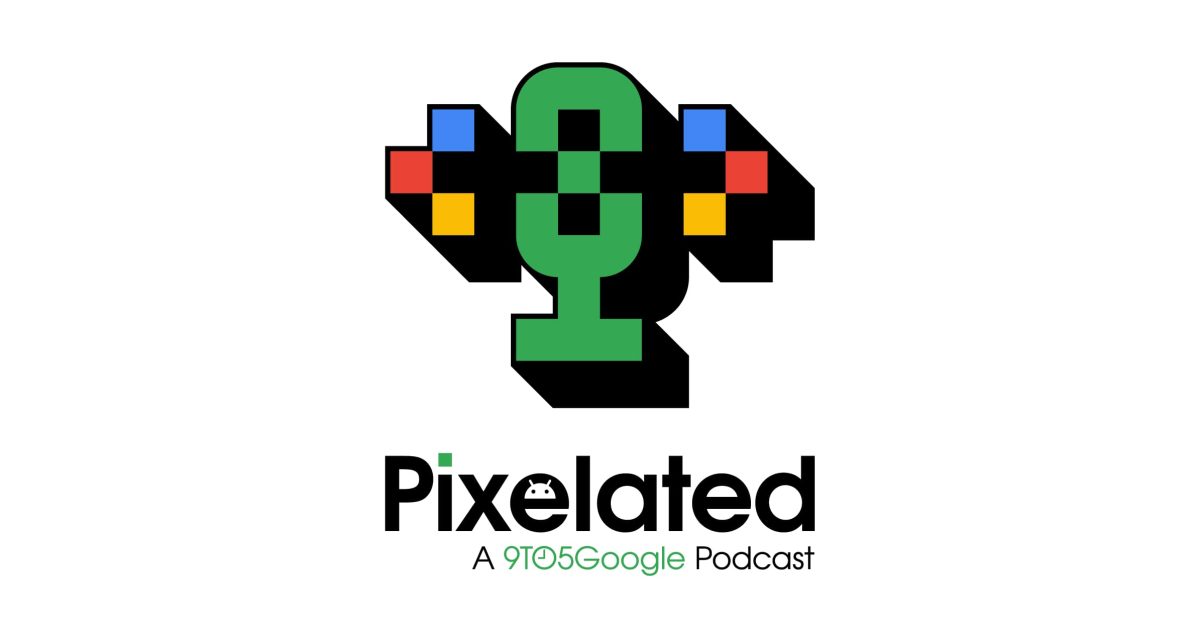
Is the ultra-slim smartphone race already over?
Welcome to episode 74 of Pixelated, a podcast by 9to5Google. This week, Abner, Damien, and Will turn their attention to the rumored cancellation of next year’s Galaxy S26 Edge. The trio discuss what this means for the S25 Edge’s…
Continue Reading
-

New Painting of Charli XCX Graces Vanity Fair Cover
Issy Wood’s “Charli 2” (2025), commissioned by Vanity Fair as the cover for the upcoming art issue publishing this November. Wood’s portrait both references and complements Aidan Zamiri’s photos… Continue Reading
-
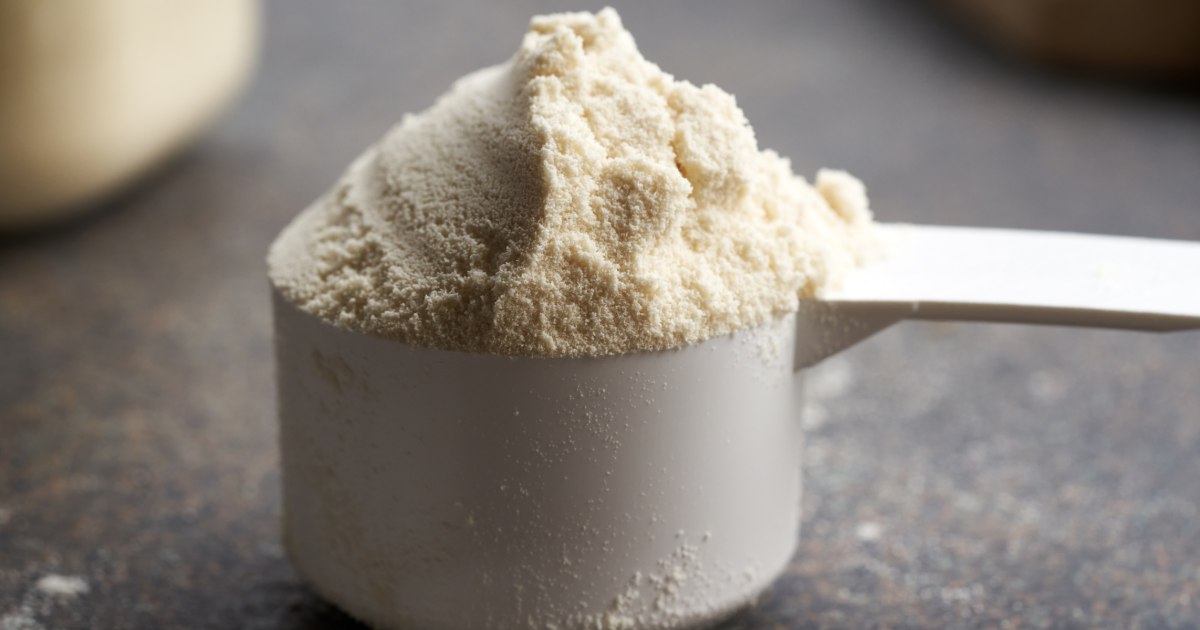
Are Your Favorite Protein Powders and Shakes Safe from Lead?
When it comes to nutrition trends, protein is having a major moment. Walk down the aisle of any grocery store and you can find protein-infused popcorn, yogurt, ice cream and more. And, of course, there are plenty of protein powders and shakes to buy. If you rely on the latter to get more protein into your diet, you’ll want to pay attention: Recently, Consumer Reports launched an investigation to look into what those powders and shakes actually contain. The results: Of the 23 brands it tested, more than two-thirds contained more lead than food safety experts say is safe to consume in one day.
Before rushing to throw out all the protein products currently in your pantry, read on to learn more about what this news really means — including how concerned you need to be.
Is there lead in protein powders and shakes?
Consumer Reports tested 23 protein powders and ready-to-drink shakes. Through this testing, it was found that approximately two-thirds of those tested contain more lead in a single serving than experts say is safe, which is under 0.5 micrograms a day. Some even had up to 10 times the recommended daily intake, according to the report.
Of all of the protein powders and shakes tested, plant-based options had, on average, much higher levels of lead than those that were dairy or animal-based. The dairy-based protein products had the lowest amount of lead, but several still had high enough numbers that experts from Consumer Reports advised against using them daily. NBC Select has not independently verified these findings.
Why is consuming high levels of lead potentially dangerous?
According to the World Health Organization (WHO), consuming high levels of lead can impact your body in various ways and is considered to be harmful. Once lead is consumed, it is distributed to various organs — including the brain, kidneys and bones. High levels of lead exposure have been connected to anaemia, hypertension, renal impairment, cardiovascular issues and more, according to WHO.
Which brands had high levels of lead?
As mentioned, Consumer Reports tested 23 protein powders and ready-to-drink shakes. Based on the results, it sorted the tested items into three categories: what you should avoid, what you should limit and what its experts deemed safe to consume. NBC Select has not independently verified these findings.
Those results can be found below:
Products to avoid
- Naked Nutrition Vegan Mass Gainer
- Huel Black Edition
Suggested to limit to once a week
- Garden of Life Sport Organic Plant-Based Protein
- Momentous 100% Plant Protein (no longer available)
Okay for occasional use
How protein companies are responding to this new report
We reached out to all 23 of the manufacturers with protein powders and shakes that were deemed not safe for daily consumption by Consumer Reports. At the time of publication, six companies responded to our request for comment.
Here’s what they said:
Garden of Life: “At Garden of Life, we carefully select ingredients to meet our high standards for quality and safety in order to ensure that our products are safe. Certain substances, such as heavy metals, commonly occur in the environment in soil and water. This may result in low levels of heavy metals in agricultural raw materials. Garden of Life products are tested for heavy metals, and the levels are below established food safety thresholds.
All of our products are safe to consume and consistently adhere to our own and established government standards and food safety guidance. We can assure that our products are safe for daily use because we apply this food safety guidance as our product release criteria.”
Huel: “We are extremely disappointed by this report, which the NPA described here as ‘alarmist, misleading and unscientific’ and the CRN have described here as creating a ‘misleading impression of risk.’ We have responded in this article in full.
Trace minerals such as lead occur naturally in our planet and so are found in soil, water and plants. For context, a meal of sausages, potatoes, cabbage and carrots can contain around 5 micrograms (µg) of lead, and most adults consume between 20 and 80 micrograms (µg) per day from normal foods. Huel is no different from everyday meals in this respect.
The Consumer Reports article is based on California’s Proposition 65, which uses an ultra conservative threshold of 0.5 micrograms (µg) of lead per day. California rules divide the observable effect limit by 1000 to allow a margin for error. For comparison, the EU benchmark is 270 micrograms (µg) per serve.
It is important to understand that the Consumer Reports approach reflects a uniquely cautious regulation rather than an internationally accepted measure of consumer safety.
Over the past three years, we have carried out 17 independent tests on Huel Black Edition powder alone, with results consistently showing lead levels between 1.5 and 2.2 micrograms (µg) per 90 g serving. These results are well within all recognised safety limits. Huel has also recently been accredited by NSF, the gold standard for product safety and quality, and the most recent NSF report showed undetectable levels of lead (‘non-detectable’ at their 3.6 microgram (µg) tolerance). It is important to note that we are talking about miniscule variations here of 2 millionths of a gram versus 6 millionths of a gram.”
Kos: “Please note that all KOS products are third-party tested in accordance with USDA Organic and FDA standards…Traces of metal and lead are found within the natural environment, and we do our best to filter them out as much as possible.”
Momentous: You can find a full statement from the brand here. A spokesperson for the brand also told us: “[The] Momentous products tested have been discontinued and are no longer commercially available. Momentous began selling its latest formulation for both Whey and Plant proteins earlier this year, with v1 products (used for the report) being fully sunsetted in all channels by March 2025.”
Orgain: “At Orgain, we carefully select ingredients to meet our high standards for quality and safety in order to ensure that our products are safe. Certain substances, such as heavy metals, commonly occur in the environment in soil and water. This may result in trace amounts being present in agricultural ingredients — such as plants, grains and other raw materials — that go into our products. Orgain products are tested for heavy metals, and the levels are below established food safety thresholds.
Our products are safe to consume and consistently adhere to our own and established government standards and food safety guidance. We can assure that our products are safe for daily use because we apply this food safety guidance as our product release criteria.”
Optimum Nutrition: “We share Consumer Reports’ commitment to consumer safety. All our Optimum Nutrition and BSN products are made in compliance with the FDA’s Good Manufacturing Practices, and we hold ourselves to even higher standards.
We test for heavy metals in the raw materials we use, formulate products so they are compliant with California Prop 65 criteria (among the strictest in the world), and test finished products through accredited third-party labs.
The health and safety of our consumers is our top priority. We’re pleased to see that Consumer Reports recommends our Optimum Nutrition Gold Standard Whey and BSN Syntha-6 as ‘better choices for daily consumption’.”
Other protein powders and shakes from Consumer Reports’ testing
Through its testing, Consumer Reports identified the below seven protein powders and shakes that contain low enough levels of lead for experts to consider them safe for daily consumption.
This chocolate ready-to-drink shake is plant-based and contains 32 grams of protein in one bottle, according to the brand. The formula is sugar-free and contains 9 amino acids., which can help with energy, according to Owyn. I’ve had this drink on a handful of occasions and find it to have a pleasantly sweet chocolate taste. The consistency is on the thicker side, so if that bothers you, you may want to skip.
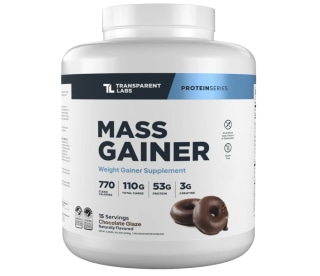
This protein powder is intended for those trying to gain muscle. It has 53 grams of grass-fed protein, 110 grams of carbs and 15 grams of health fats, according to the brand. It also contains creatine, which can help with muscle gain and post-workout recovery, according to Transparent Labs.
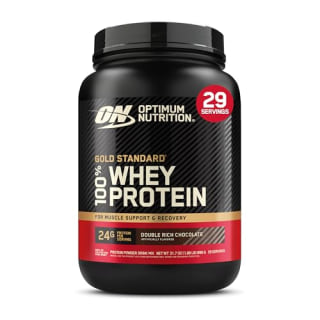
Made from whey, this protein powder has 24 grams of protein for 120 calories per serving. You can use it before a workout, as a meal replacement or in between meals. Reviewers like the rich chocolate flavor and find that it dissolves easily in liquid.
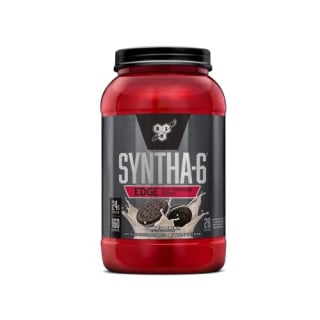
This powder is made from whey and has 24 grams of protein and two grams of sugar in a single serving. Reviewers note that the cookies and cream flavor tastes like a milkshake. You can drink it by simply mixing it with water or milk or mix it into a smoothie or oatmeal.
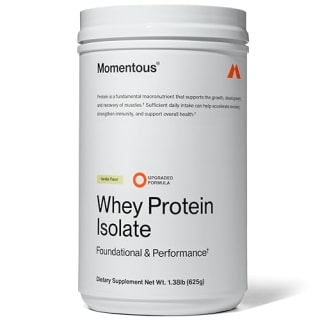
The protein in this powder is sourced from grass-fed European dairy cows, according to the brand. It has 20 grams of protein per serving and is free from soy. A 1.4-pound tub has 25 servings and you can choose from vanilla, strawberry, chocolate or unflavored.
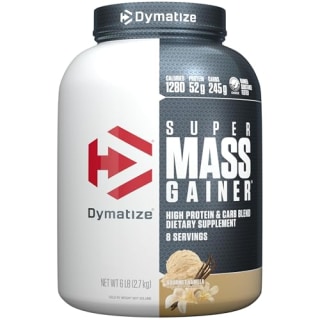
Another option for those looking to pack on muscle, this powder is calorie-dense and has 52 grams of protein in a single serving. It also has creatine to support muscle growth and vitamins A, C and E for overall health, according to the brand.
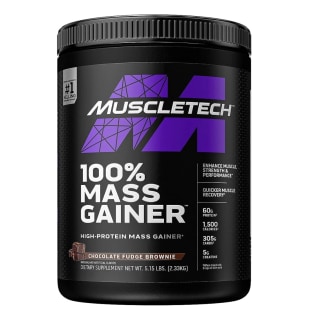
Why trust NBC Select?
Bethany Heitman is a weekend editor at NBC Select and a journalist who regularly reports on recall alerts — including recalls surrounding air conditioners and hand soap. She also commonly covers common questions pertaining to health and wellness — like whether plastic baby bottles are safe.
Catch up on NBC Select’s in-depth coverage of tech and tools, wellness and more, and follow us on Facebook, Instagram, Twitter and TikTok to stay up to date.
Continue Reading
-
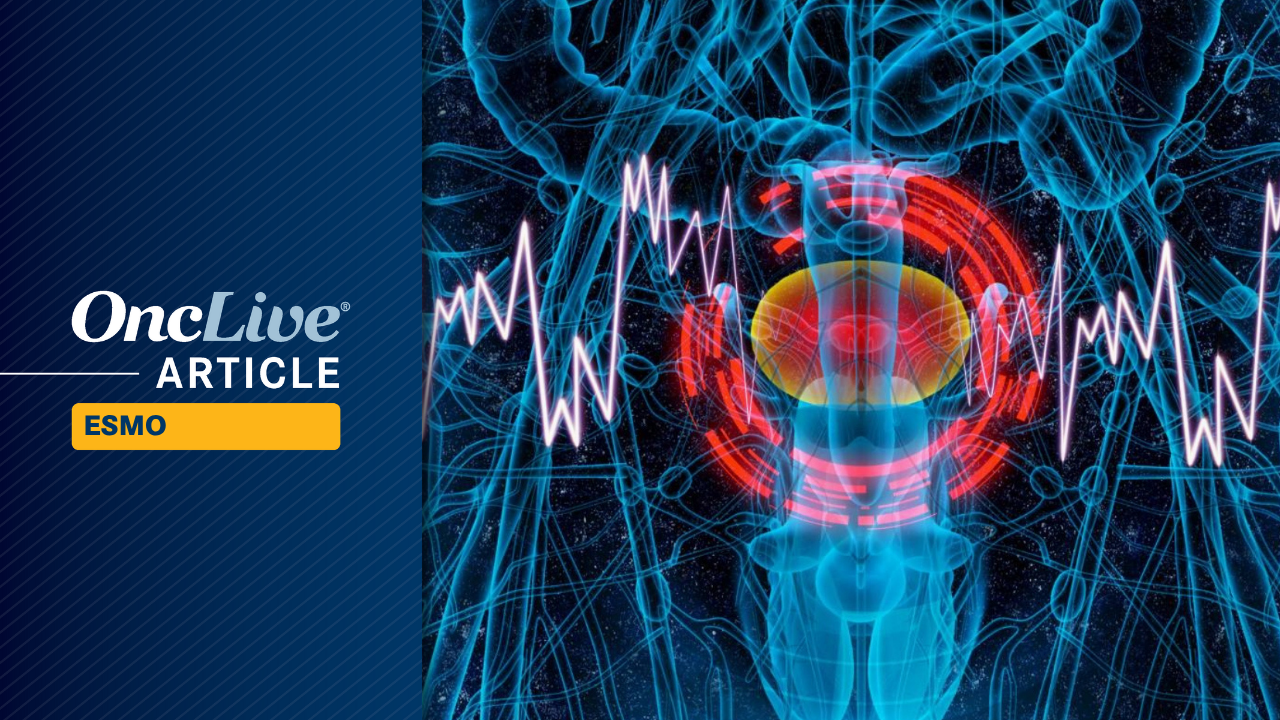
SunRISe-4 Data Support Role for Neoadjuvant Gemcitabine Intravesical System Plus Cetrelimab in MIBC
Neoadjuvant treatment with gemcitabine intravesical system (TAR-200; Inlexzo) plus cetrelimab led to a high pathologic complete response (pCR) rate and recurrence-free survival (RFS) rates in patients with muscle-invasive bladder cancer (MIBC), according to data from the primary analysis of the phase 2 SunRISe-4 study (NCT04919512).1
The findings, which were shared during the
2025 ESMO Congress , showed that TAR-200 plus cetrelimab (cohort 1; n = 88) experienced a pCR of 38% (95% CI, 28%-49%); this rate was 28% (95% CI, 16%-44%) with cetrelimab monotherapy (cohort 2; n = 46). Pathologic overall response (pOR) rates in the respective cohorts were 53% (95% CI, 43%-64%) and 44% (95% CI, 29%-59%). With regard to RFS, the 12-month RFS rate with TAR-200 plus cetrelimab was 77% (95% CI, 67%-85%); this rate was 64% (95% CI, 47%-77%) with cetrelimab alone.“At the primary analysis of SunRISe-4, neoadjuvant gemcitabine intravesical system plus cetrelimab showed a high pCR rate and 12-month RFS rate, supporting further investigation of the combination in MIBC,” Andrea Necchi, MD, said in a presentation of the data. “Exploratory urinary tumor DNA [utDNA]/circulating tumor DNA [ctDNA] minimal residual disease [MRD] results support further investigation as predictive biomarkers for residual disease after neoadjuvant therapy in MIBC.”
Necchi is an associate professor at Vita-Salute Raffaele University and the head of genitourinary medical oncology at IRCCS San Raffaele Hospital and Scientific Institute in Italy.
What Is the Unmet Need for Patients With MIBC Who Do Not Receive Cisplatin-Based Chemotherapy?
For patients with MIBC, standard treatment is radical cystectomy with neoadjuvant cisplatin-based chemotherapy or chemoradiation in select cases; however, up to half of patients are not candidates to receive cisplatin or they refuse to receive it. These patients receive standard-of-care immediate radical cystectomy. In those who are undergoing radical cystectomy, it is known that pathologic stage represents a prognostic factor for survival.
Necchi reported that with radical cystectomy alone, patients will achieve pCRs ranging from 10% to 15%; with neoadjuvant cisplatin-based chemotherapy, these rates range from 26% to 42%. Those who receive checkpoint inhibition in the neoadjuvant setting experience pCRs ranging from 31% to 37%. Patients who received neoadjuvant chemotherapy and experienced pCR experience lower risk of death and risk of recurrence than those who have residual disease. As such, “there is a need for effective and more tolerable treatment options for patients with MIBC who are candidates for radical cystectomy but neoadjuvant cisplatin-based chemotherapy,” he underscored.
What Is the Design of the SunRISe-4 Study?
The multicenter, open-label, parallel cohort, phase 2 study enrolled patients with histologically confirmed cT2 to T4a N0M0 MIBC who had predominant urothelial carcinoma histology. They were at least 18 years of age, had an ECOG performance status of 0 or 1, were not eligible or were refusing cisplatin-based chemotherapy, and were scheduled to undergo radical cystectomy.
Patients were randomized 5:3 to cohort 1 (n = 101) or cohort 2 (n = 58). Those in cohort 1 received TAR-200, so 225 mg of gemcitabine every 3 weeks (Q3W) indwelling for 12 weeks plus cetrelimab at 360 mg Q3W for 12 weeks. Those in cohort 2 received 360 mg of cetrelimab Q3W for 12 weeks. After 4 cycles of treatment, patients underwent radical cystectomy at week 12. They then entered into follow-up.
Stratification factors included visible residual disease at transurethral resection of bladder tumor (complete vs incomplete) and tumor stage at time of MIBC diagnosis (cT2 vs CT3 to 4a). The primary end point of the study was pCR rate (ypT0N0), and secondary end points included RFS and safety. Exploratory end points comprise pOR (≤ypT1N0), overall survival, time to symptomatic progression, quality of life, pharmacokinetics, and biomarker analysis.
During the ESMO Congress, Necchi shared findings from the primary analysis of the study, as well as data from exploratory biomarker analyses of utDNA and ctDNA MRD. He noted that “side-by-side descriptive summary of efficacy was conducted, and no statistical hypotheses were tested to compare cohorts.”
What Were the Characteristics of the Patients Enrolled to SunRISe-4?
The median patient age in cohort 1 was 74 years (IQR, 69-77) and 69 years (IQR, 64-74) in cohort 2. Most patients were male (85.1%; 79.3%), White (71.3%; 74.1%), from Western Europe (40.6%; 43.1%), former nicotine users (50.5%; 58.6%), had an ECOG performance status of 0 (82.2%; 77.6%), and stage T2 disease at initial diagnosis (78.2%; 84.5%).
Additionally, 11.9% of those in cohort 1 and 15.5% of those in cohort 2 previously received intravesical therapy; 18.8% and 13.8% of patients had residual disease. In cohort 1, 50.8% of patients had a low PD-L1 status and 49.2% had high PD-L1 status; in cohort 2, these rates were 74.2% and 25.8%. Moreover, 21.8% of those in cohort 1 and 27.6% of those in cohort 2 had urothelial carcinoma with variant histology. In cohort 1, 45.5% of patients were ineligible for neoadjuvant cisplatin-based chemotherapy and 54.5% refused; in cohort 2, these respective rates were 37.9% and 62.1%.
What Additional Data Were Shared During the Meeting?
At baseline, 81.8% of patients with visibly complete transurethral resection of a bladder tumor (TURBT) were utDNA MRD positive; 83.3% of those with visibly incomplete TURBT were utDNA MRD positive at baseline.
The proportion of patients who were utDNA MRD-positive was reduced after 12 weeks of neoadjuvant treatment, irrespective of treatment. Specifically, in cohort 1, 77.8% of patients were utDNA MRD-positive at baseline, and this percentage dropped to 50.0% at week 12; in cohort 2, 90.9% of patients had utDNA positivity at baseline, and this rate dropped to 55.6% at week 12. No meaningful differences were noted between the cohorts, according to Necchi, who added that sample sizes were limited.
utDNA MRD-negative status at week 12 and utDNA clearance from baseline to week 12 were both linked with pCR. Specifically, 81.5% of patients who achieved pCR (n = 22/27) were utDNA MRD negative at week 12 vs 21.2% of those who did not achieve pCR (n = 7/33; Fisher’s test, P = 5.4 x 10-6). Eighty percent of those with utDNA MRD positivity at baseline and who achieved pCR (n = 12/15) had utDNA clearance at week 12 vs 13.3% of those who did not experience pCR (n = 2/15; Fisher’s test, P = .0006).
Moreover, ctDNA MRD negativity status at baseline and week 12 was associated with longer RFS. The hazard ratio (HR) for RFS by baseline ctDNA MRD status (n = 44) was 4.42 (95% CI, 0.91-21.3; log-rank P = .04). The HR for RFS by week 12 ctDNA MRD status (n = 44) was 4.66 (95% CI, 1.24-17.4; log-rank P = .01). Necchi clarified that week 12 ctDNA MRD status and ctDNA clearance at week 12 were not significantly linked with pCR (P = .12; P = .15).
In an exclusive interview with OncLive®,2 Necchi walked through the
significance of the SunRISe-4 data : “What is meaningful in this analysis is the role of MRD assessment by lipid biopsies,” he said. “There is clearly a double contribution of the 2 components: utDNA toward pCR and ctDNA toward prolonged survival [with gemcitabine intravesical system].”Continue Reading
-

Sudden cardiac death associated with chronic kidney disease, study finds
(Photo: Science Photo Library/Getty Images) …Continue Reading
